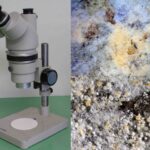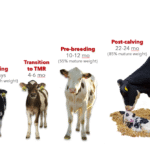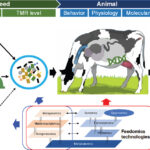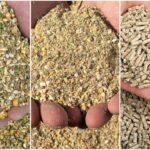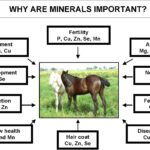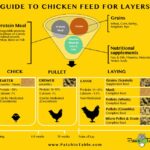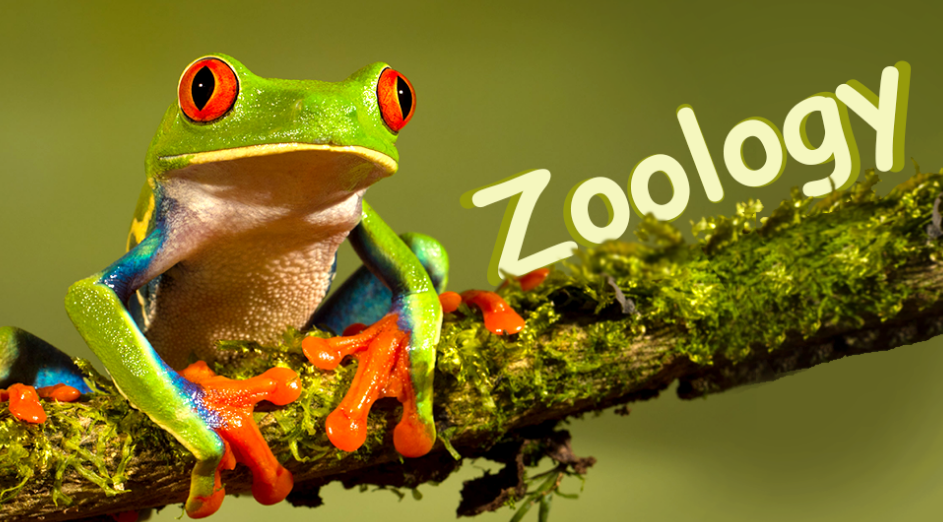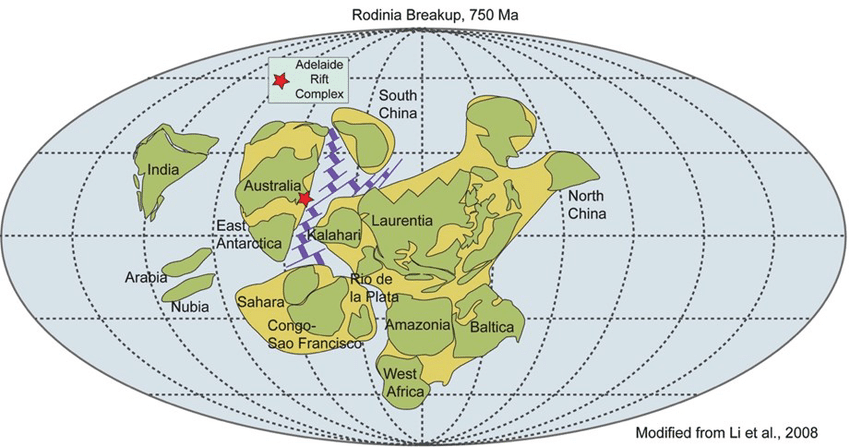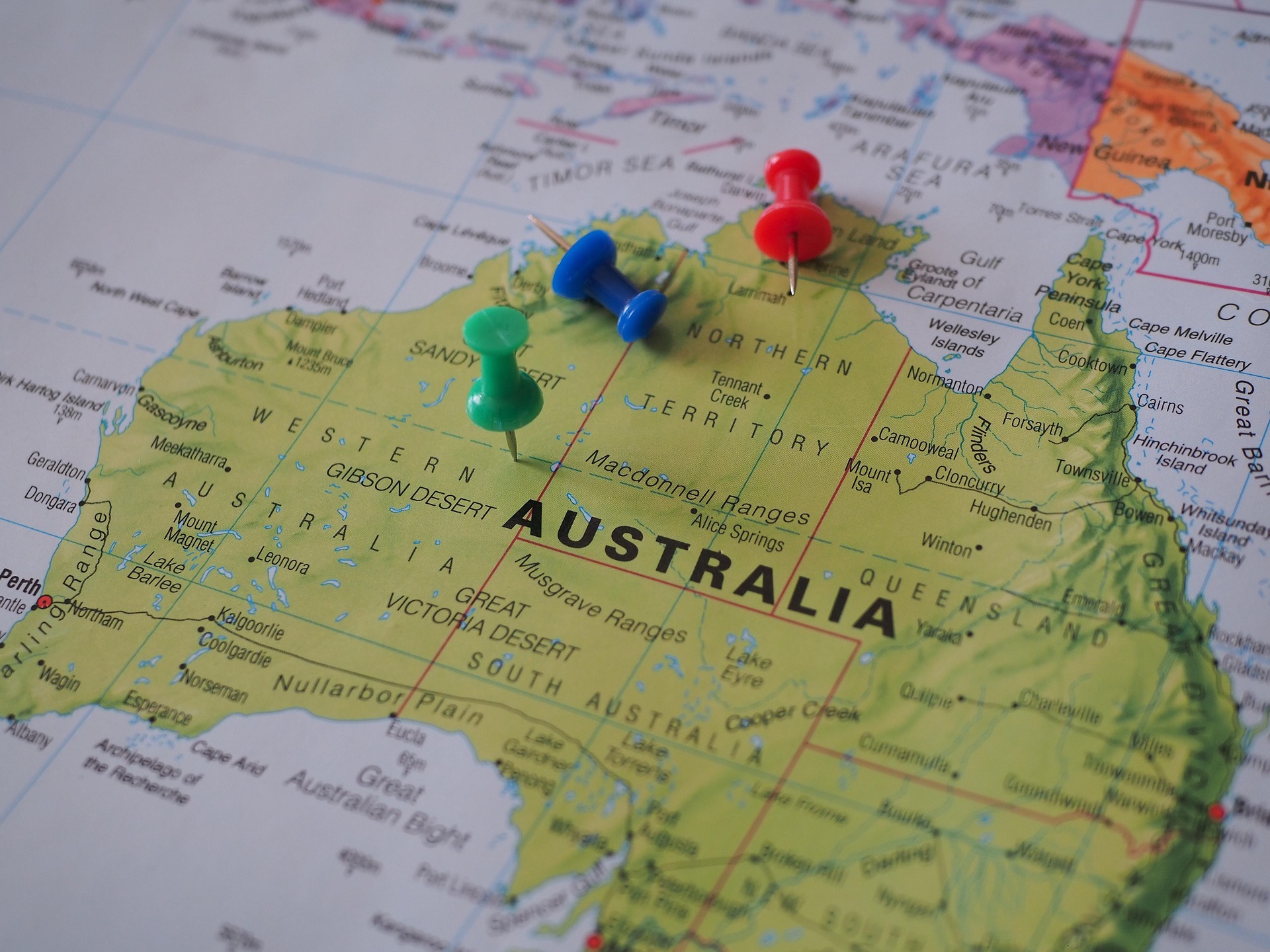Over wintering and Hibernation in Fishes
Thank you for reading. Don't forget to subscribe & share!
Fish don’t quite hibernate in the same way mammals do, but they do have adaptations to survive cold winter periods. Here’s the breakdown:
- Overwintering: This is a broader term for how fish cope with winter. It involves physiological and behavioral changes to conserve energy during colder months with less food available.
- Key Adaptations:
Reduced Activity: Fish become less active to minimize energy expenditure.
Metabolic Depression: Their metabolic rate slows down, requiring less energy for basic functions.
Physiological Adjustments: Some fish may produce antifreeze proteins to prevent their body fluids from freezing.
Habitat Selection: They may seek out deeper water with more stable temperatures or areas with higher oxygen levels.
- Not All Fish Overwinter: Species in warmer climates or those that can migrate to avoid freezing temperatures may not need to overwinter.
Feeding and Feeding Relationships Among Fishes
Fish play a crucial role in aquatic food webs, and their feeding habits are incredibly diverse. Here’s a glimpse into the fascinating world of fish diets:
- Feeding Types:
Carnivores: Predatory fish that hunt and eat other fish, invertebrates, or plankton. (e.g., Tuna, Bass)
Herbivores: Fish that primarily consume plants and algae. (e.g., Surgeonfish, Pacu)
Omnivores: Fish that eat a mix of plants and animals. (e.g., Goldfish, Carp)
Detritivores: Feed on decaying organic matter on the bottom of the water body. (e.g., Catfish, Corydoras)
Filter Feeders: Strain tiny food particles from the water column. (e.g., Whale Shark, Menhaden)
- Feeding Relationships:
- Trophic Levels: Fish occupy different positions in the food web based on what they eat. Primary consumers eat plants (plankton feeders) while secondary consumers eat other fish (predators).
Competition: Fish species may compete for similar food resources, influencing population dynamics.
Symbiotic Relationships: Some fish have symbiotic relationships with other organisms for feeding, like cleaner fish that remove parasites from larger fish.
Understanding these feeding relationships is essential for maintaining healthy aquatic ecosystems.


